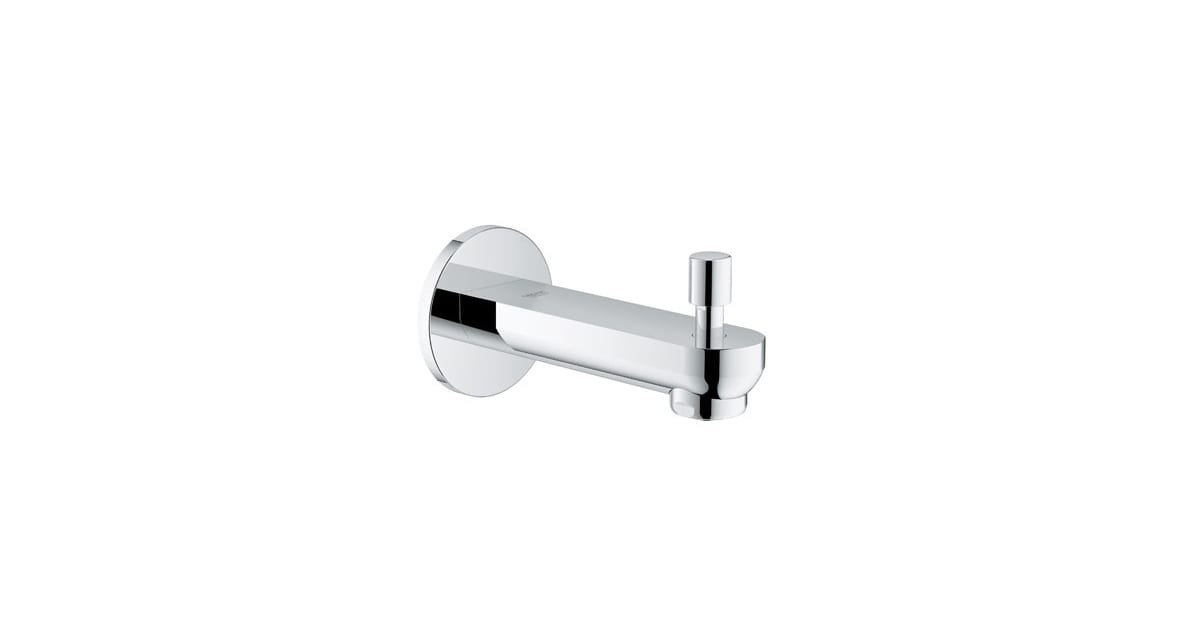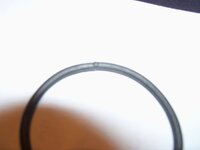You are using an out of date browser. It may not display this or other websites correctly.
You should upgrade or use an alternative browser.
You should upgrade or use an alternative browser.
Glued O-rings
- Thread starter George7941
- Start date
I have an old Loctite DIY o-ring kit I purchased years ago for an engineering proto project at work. Like your image, I had issues with gluing the ends of the o-ring material together (more of an adhesion than alignment issue). It was easier to re-design to use a standard sized o-ring.


What brand of faucet are you working with? It might use standard sized (commonly available) o-rings. Our Delta kitchen faucet uses standard -122 sized o-rings that are included in my Harbor Freight assortment.
What brand of faucet are you working with? It might use standard sized (commonly available) o-rings. Our Delta kitchen faucet uses standard -122 sized o-rings that are included in my Harbor Freight assortment.
Attachments
George7941
Thread starter
I already did the repair and did not need to use this O-ring. I was going to save this O-ring for future use, but after examining it, I have no confidence it will work in any application. I checked the glue on the O-ring and the cured glue is significantly harder than the O-ring material. The glued portion is not going to conform well to its mating surfaces when fitted.
I've seen/heard from several places that glued o-rings in static sealing applications are just fine. Part of my brain says there's no way, but I guess they do work and it is a recommended method. 
A local shop has O-rings in almost every size. For the few cents these cost, why try to make your own?
O rings and things near me makes custom sized orings by gluing them. Never had a problem.
This seems strange to me, not to have purpose made (or standard sized by design), non-glued/continuous o-rings unless they are having supply problems. Which brand?I have never used one. Attached is a pic of an o-ring which was supplied by a reputable faucet manufacturer.
George7941
Thread starter
Same thought occurred to me - for a mass produced item, you would expect the manufacturer to source the o-rings from a o-ring supplier, instead of making them by gluing. Grohe must have had supplier issues.This seems strange to me, not to have purpose made (or standard sized by design), non-glued/continuous o-rings unless they are having supply problems. Which brand?
It was a diverter spout for a Grohe Shower valve

Grohe 13273000 Wall Mounted Tub Spout with Diverter from | Build.com
Save on the Grohe 13273000 from Build.com. Low Prices + Fast & Free Shipping on Most Orders. Find reviews, expert advice, manuals, specs & more.
Similar threads
- Replies
- 6
- Views
- 1K
- Replies
- 13
- Views
- 665
- Replies
- 21
- Views
- 2K
- Replies
- 24
- Views
- 986
- Replies
- 8
- Views
- 2K


